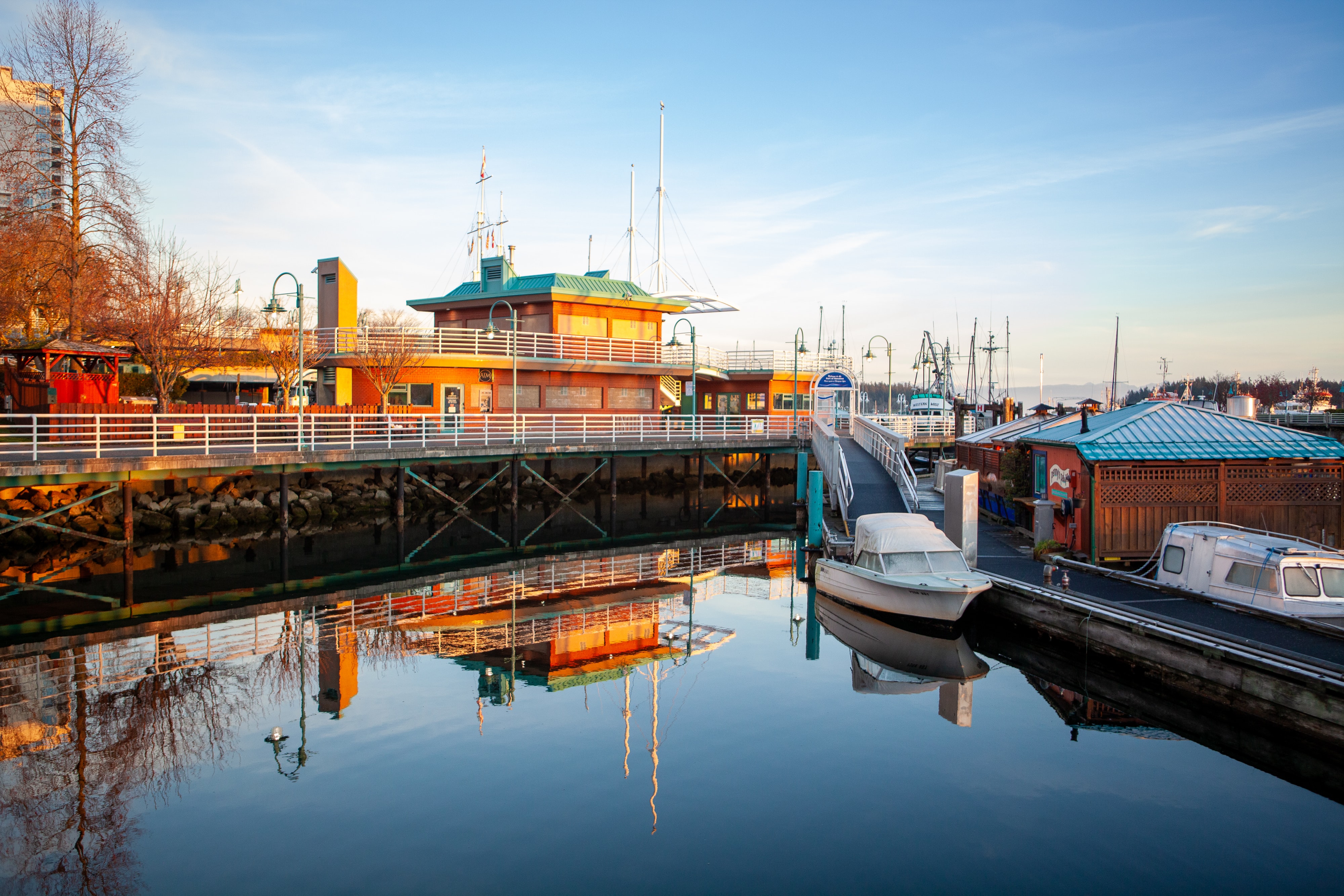It’s been a frustrating few months for boaters and drivers alike. With the average price of gas topping $5 per gallon nationwide, the spikes in fuel prices are becoming painfully common for millions across the United States.
While you can’t control the price, you can control how much fuel you use. Fuel-efficient boating can save you hundreds of dollars in fuel every year, improve navigation safety, and avert wear on your watercraft.
Try out these fuel-saving techniques to lower your vessel’s consumption and spend less at the pump.
How to Save Fuel
Accelerate Slowly and Navigate Smoothly
The rule is simple: The harder you accelerate, the more fuel you use. There’s no need to speed when pulling away from the dock or launching off the ramp. It can be dangerous and wastes a lot more fuel. To be as fuel-efficient as possible, take your time and ease into motion.
Once you’re moving, keep speed levels consistent and try to anticipate what’s coming next. What’s the point in racing through the water only to encounter boat traffic, forcing you to slow down, wait, and then speed up again? It’s much safer and more fuel-efficient to gently adjust your pace when needed.
» MORE: Boat Insurance and Safety
Remove excess weight from the watercraft
In general, you should not overload your boat or exceed the maximum weight capacity. Always follow the manufacturer’s recommendation as to how many people or pounds the boat can safely hold in good condition. If you’re nearing the capacity limit on your passenger load, it’s best to leave that ‘the-more-the-merrier’ mentality behind.
In terms of fuel efficiency, you should also consider clearing out any unnecessary items to lighten the load and save on fuel. Of course, don’t ditch the essentials (PFDs, fire extinguisher(s), visual distress signals, VHF radio, and other safety equipment), but try to remove anything extra that you don’t need for the trip.
» MORE: USCG Requirements for Recreational Vessels
Maintain Your Engine
Keeping your engine in good condition is advisable for a variety of reasons - fuel efficiency being one of them. Don’t worry, you don’t have to be a mechanic to check and maintain your boat’s engine.
Prioritizing boat engine maintenance and taking preventive measures will preserve the value of your boat and keep the engine running for a long time. It will also help to ensure the engine runs effectively, which will optimize fuel usage. A happy, healthy boat is a fuel-efficient boat!
Here are a few things to regularly implement into your boat’s maintenance routine:
- Look to see whether the engine mount screw clamps are tight and secure.
- Check the propeller for excessive oil buildup.
- Make sure the water intake is free of debris.
- Flush the motor to eliminate sand, dirt, and other contaminants after outings.
- Check that the fuel tank vent is open and make sure you have sufficient fuel in there.
Clean Your Hull
A squeaky clean hull glides through the water with ease and maximizes the fuel economy. Conversely, a fouled or faulty bottom can cause reduced engine efficiency, decreased speed, and increased fuel consumption. Keep the bottom free of debris for maximum performance.
To clean the hull, start by rinsing it with low-pressure water. This will help to remove loose particles, salt build-up, and accumulated mold and algae. Next, it’s time to scrub the hull thoroughly. We recommend using a 100% biodegradable, marine-safe boat wash. These cleaners are typically safe for fiberglass, gel-coat, and painted surfaces. They’re gentle on the surface, yet strong enough to get rid of grime, salt accumulation, and dirt effectively.
Stay Within the Speed Limit
Remaining within the speed limit is a must for all conscientious operators, but it’s also a savvy tactic for those looking to save fuel. While going faster might get you to your destination sooner, it will consume your fuel. Simply put, the lower the speed, the better your fuel economy. So, staying at a steady speed within the limit is the way to go.

